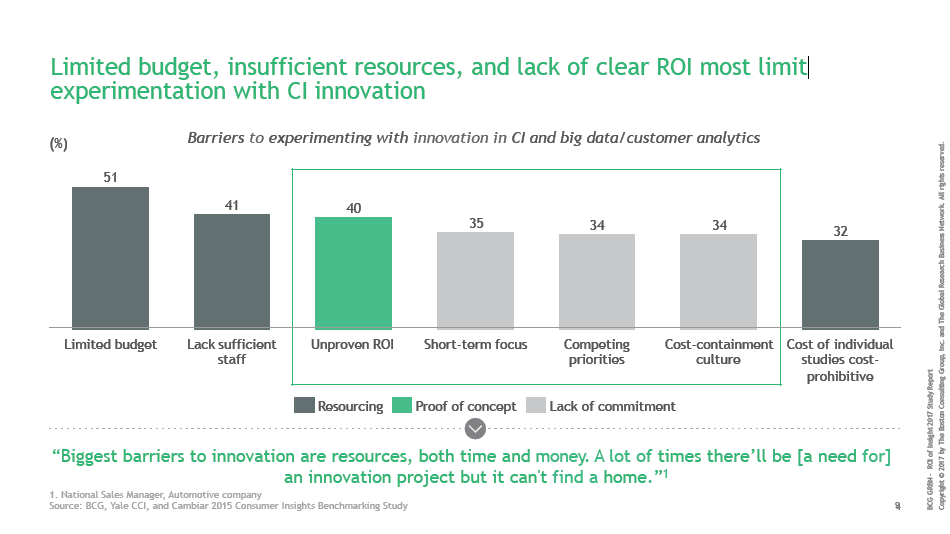If you haven’t already heard, AI is the key to winning customer loyalty today!
As the digital revolution transforms the business landscape, customers demand more from their interactions with companies.
They expect personalised, seamless experiences across all channels and touchpoints, and they want their needs to be anticipated so they are met both quickly and efficiently.
To address these expectations, businesses realise that AI is the key to helping them deliver exceptional customer experiences that are both personalised and efficient.
So let’s explore how AI can help your organisation improve your customer’s experience and provide some valuable tips for seamlessly integrating AI into your customer-first strategy.
AI is the key to customer satisfaction through personalisation
AI can help businesses meet their customers’ expectations by providing personalised recommendations, tailored messaging, and customised experiences.
One way of doing this is through chatbots and virtual assistants. These tools can help businesses provide instant support and assistance to customers 24/7. They can and should be programmed to recognise each individual’s preferences and behaviours.
Chatbots and virtual assistants can also help businesses collect data on customer interactions, which can then be used to improve the accuracy and effectiveness of customised recommendations.
Another way to personalise customer experience is by making use of predictive analytics. By analysing customer data, businesses can identify individual preferences and behaviour patterns. It can then use this information to personalise their products and services further.
For example, a retailer might use predictive analytics to recommend products based on a customer’s past purchases. A bank might use predictive analytics to offer customised financial advice based on a customer’s spending habits.
AI is the Key to Customer Loyalty and Efficiency
Efficiency is another critical component of delivering an exceptional customer experience. Customers want their needs to be met quickly and efficiently, and they expect businesses to be responsive and proactive in addressing their concerns. AI can help companies to improve efficiency in several ways, from reducing response times to automating routine tasks.
One way to improve efficiency is through chatbots and virtual assistants. These tools can provide instant support and assistance to customers, reducing response times and freeing human agents to focus on more complex issues. Chatbots and virtual assistants can also be programmed to automate routine tasks, such as scheduling appointments or processing payments, further improving efficiency.
Predictive analytics can again be used to also improve efficiency. By analysing customer data, businesses can anticipate customer needs and proactively offer solutions before a customer even realises they have a problem.
For example, a telecommunications company might use predictive analytics to identify when a customer’s data usage is about to exceed their plan limits and proactively offer them an upgrade to a larger plan. With an attractive incentive to do so, this will result in a win-win for both the business and their customers.
Best Practices for Integrating AI into Your CEX Strategy
Integrating AI into your customer experience strategy can be a complex process, but there are some best practices




 Juvena of Switzerland: The short message to “Enjoy the smoothness” on the back of the Juvena hand cream sample tube, makes the experience both …
Juvena of Switzerland: The short message to “Enjoy the smoothness” on the back of the Juvena hand cream sample tube, makes the experience both … 
 Let’s start at the very beginning – with the customer of course!
Let’s start at the very beginning – with the customer of course! They certainly have several needs, but you should aim to address only one of them.
They certainly have several needs, but you should aim to address only one of them.



 Do you know what needs your customer has and which of them you are tapping into?
Do you know what needs your customer has and which of them you are tapping into?
 For this first summary of a post, I’d like to share not a list of solutions but a selection of inspiring quotes on reacting to failure. I think it sets the stage beautifully for the three other summaries to come.
For this first summary of a post, I’d like to share not a list of solutions but a selection of inspiring quotes on reacting to failure. I think it sets the stage beautifully for the three other summaries to come.
 This seems to suggest, at least to me, a chicken-and-egg situation. Resources are insufficient because the business doesn’t see the benefit of investing in market research and insight development. However, the Market Research Department is struggling with insufficient budget and personnel to provide the support that they should – and often could – provide.
This seems to suggest, at least to me, a chicken-and-egg situation. Resources are insufficient because the business doesn’t see the benefit of investing in market research and insight development. However, the Market Research Department is struggling with insufficient budget and personnel to provide the support that they should – and often could – provide.













